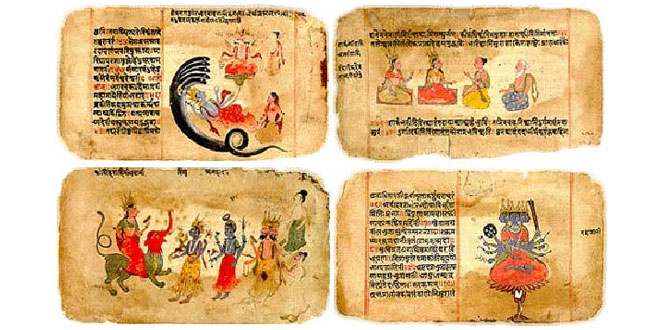Question: Compare the political organization of the Early and the Later Vedic periods.
Answer:
- During this period, people were organized in the from of tribes. The basic unit of society was the family. A number of families made up a village or grama. Each village was headed by a village headman or gramani. A number of villages formed a clan. Several clans made the jana or tribe.
- The head of the tribe was the rajan. His post was hereditary, but he was also elected on several occasions by a tribal assembly called the samiti.
- The king protected his tribe from enemies. He was assisted by tribal assemblies such as sabha, samiti and vidatha.
- Both men and women were member of these assemblies. The day-to-day administration was conducted by a number of officials. The purohita (priest) performed religious matters.
- The senani (commander-in-chief) led the forces during war. The king received voluntary offerings called bali from his subjects.
Question: Why did the people pay a lot the Early and the Later Vedic periods?
Answer: The Early Vedic people were nomadic and moved from place to place. Later they began to lead a pastoral life. They reared animals such as cows, goats, sheep and buffaloes. The cow was considered very valuable and was the principal form of wealth. The kings gifted cows to priests. Cattle were used for barter and exchange of commodities. Domestication of cattle continued as wealth was calculated in the form of cows.
Question: What do you know about the caste system in the Later Vedic period?
Answer:
- Earlier the caste system was based on profession or occupation, in the Later Vedic Age, a person born’s caste was determined by birth.
- A person born in a particular caste could not change his profession or caste.
- The brahmanas and the kshatriyas assumed the status of the high castes. The status of the vaishyas decreased and that of the shudras worsened.
- They were treated as the lowest of castes and were meant to serve the high castes.
 Class Notes NCERT Solutions for CBSE Students
Class Notes NCERT Solutions for CBSE Students



Such a nice app.